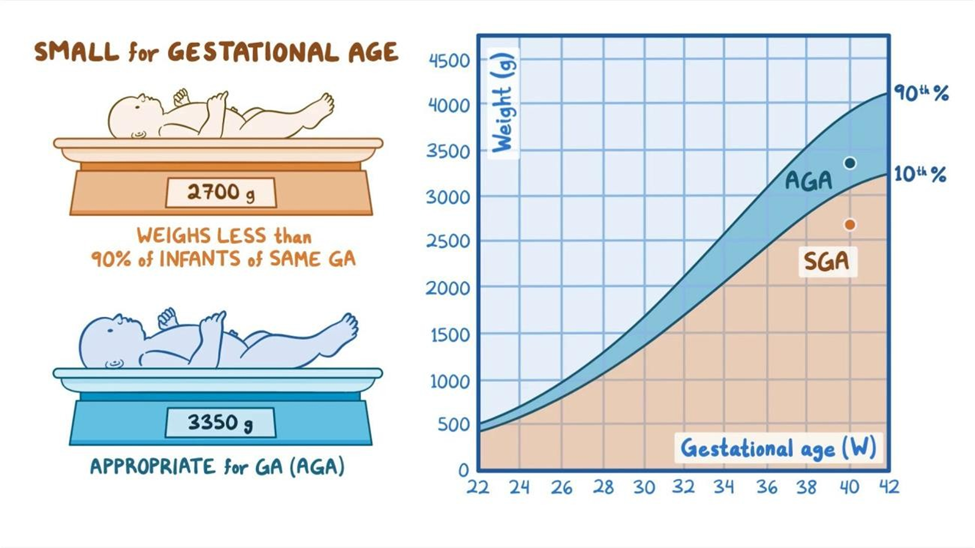A nurse is preparing to administer methylergonovine IM to a client who experienced a vaginal delivery. The nurse should explain to the client that the purpose of this medication is to prevent which of the following conditions?
Thromboembolic events
Hypertension
Postpartum hemorrhage
Postpartum infection
The Correct Answer is C
A. Methylergonovine is not indicated for preventing thromboembolic events.
B. Methylergonovine is not indicated for preventing hypertension.
C. Methylergonovine is used to prevent postpartum hemorrhage by causing uterine contractions and reducing bleeding after delivery.
D. Methylergonovine is not indicated for preventing postpartum infection.
Nursing Test Bank
Naxlex Comprehensive Predictor Exams
Related Questions
Correct Answer is C
Explanation
A. Applying snug diapers is not recommended as it can put pressure on the sacral lesion, potentially causing damage or infection.
B. Obtaining rectal temperatures is contraindicated due to the risk of bowel and nerve damage.
C. Placing the newborn in the prone position is the correct action, as it prevents pressure on the lesion and reduces the risk of trauma or infection.
D. Covering the lesion with a dry dressing is incorrect. The lesion should be covered with a moist, sterile, non-adherent dressing to prevent drying out and minimize infection risk.
Correct Answer is C
Explanation
A. Monitoring weight is important for assessing growth but may not be the priority for a
newborn who is small for gestational age (SGA) as it doesn't address immediate physiological needs.
B. Monitoring axillary temperature is important for detecting signs of infection or hypothermia, but it's not the priority for a newborn who is small for gestational age (SGA).
C. Monitoring blood glucose levels is the priority for a newborn who is small for gestational age (SGA) because they are at risk for hypoglycemia due to inadequate glycogen stores.
D. Monitoring intake and output is important for overall assessment but is not the priority intervention for a newborn who is small for gestational age (SGA).

Whether you are a student looking to ace your exams or a practicing nurse seeking to enhance your expertise , our nursing education contents will empower you with the confidence and competence to make a difference in the lives of patients and become a respected leader in the healthcare field.
Visit Naxlex, invest in your future and unlock endless possibilities with our unparalleled nursing education contents today
Report Wrong Answer on the Current Question
Do you disagree with the answer? If yes, what is your expected answer? Explain.
Kindly be descriptive with the issue you are facing.
